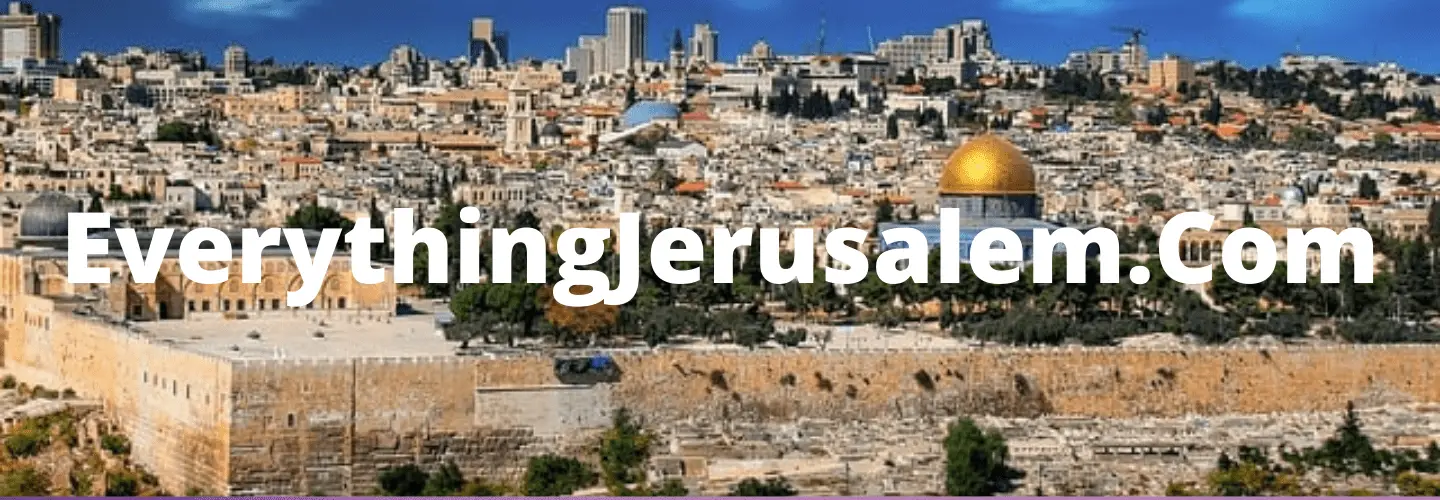German Colony in Jerusalem
The German Colony was established in Jerusalem as a German Templer Colony in Palestine in the 19th century. The Moshavas, as they are commonly known, is an upscale neighborhood located right by Emek Refaim Street, an avenue with trendy shops, restaurants and cafes.
The famous Emek Refaim street is one of the German Colony’s main attractions and arguably one of the most popular streets in Jerusalem. The busy street contains a number of high-end boutiques, restaurants, and other stores that are all worth checking out.
The abundance of trendy clothing boutiques in the German Colony area of Jerusalem has made it into a cultural and commercial hub and one of the trendiest neighborhoods in the entire city. Residents from all over the city come to this street for a variety of reasons, which includes high-end shopping, but also to have a good time at one of the many bars, cafes, or nightclubs.
History of the German Colony in Jerusalem
Following the establishment of the similar settlements in Haifa and Jaffa district, the Christian Templars proceeded to the development of the German Colony in the 12th century. This religious order has lived in Israel to get ready for the biblical prophecy of the coming of Jesus Christ for the second time. During their settlement, they have turned the city of Jerusalem into an agricultural area.
New Christians constructed their residences in a style reminiscent of German farmhouses, but using locally available materials like the Jerusalem stone. The German Colony has its own distinct architecture, which has been preserved from the original Templar residences.
The Templars didn’t live in Moshava for too long as they were deported by the British Government to Germany during the World War 2 because they were expressing support for the Nazi leader, Hitler. Right then, Jerusalem was under the control of the British consulate on behalf of the United Nations. They were expelling people who supports the German during the war.
Following the event of deporting the Templars and other residents of Moshava, affluent Christian-Arabs migrated to the region, adding their own unique style of architecture to the region with beautifully designed Arab-Style homes.
The German Colony in Jerusalem has been sparingly used and preserved as it was historically designated by the government in 1975. The government’s decision to preserve the buildings and declare the area of historical importance has led to an increase in tourism to the site. The colony is now a popular tourist destination and a vital part of Israel’s cultural heritage.

